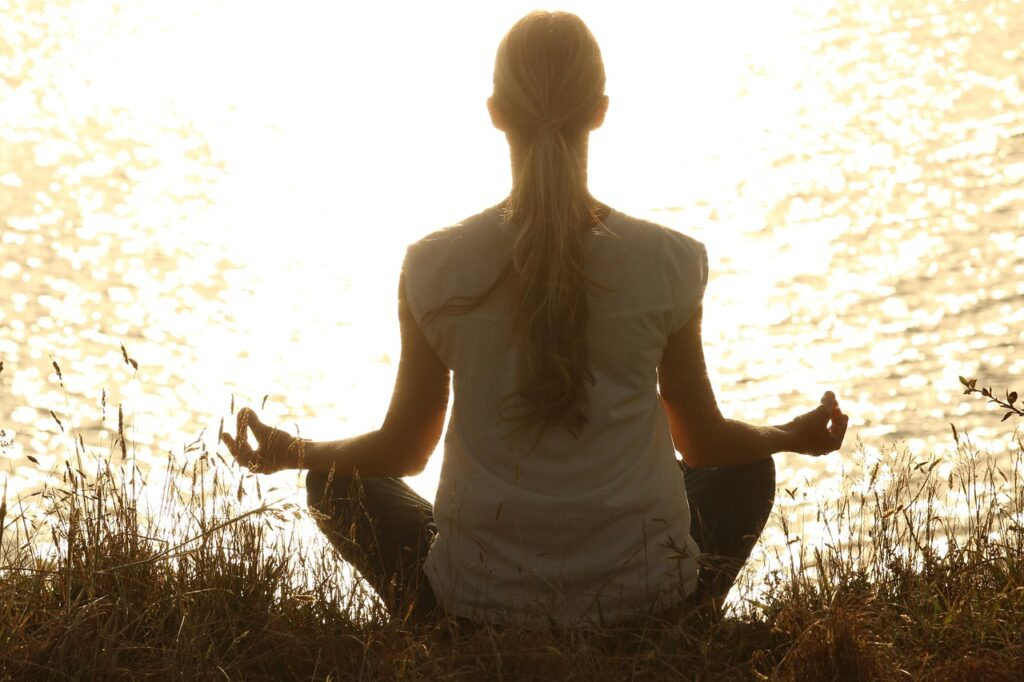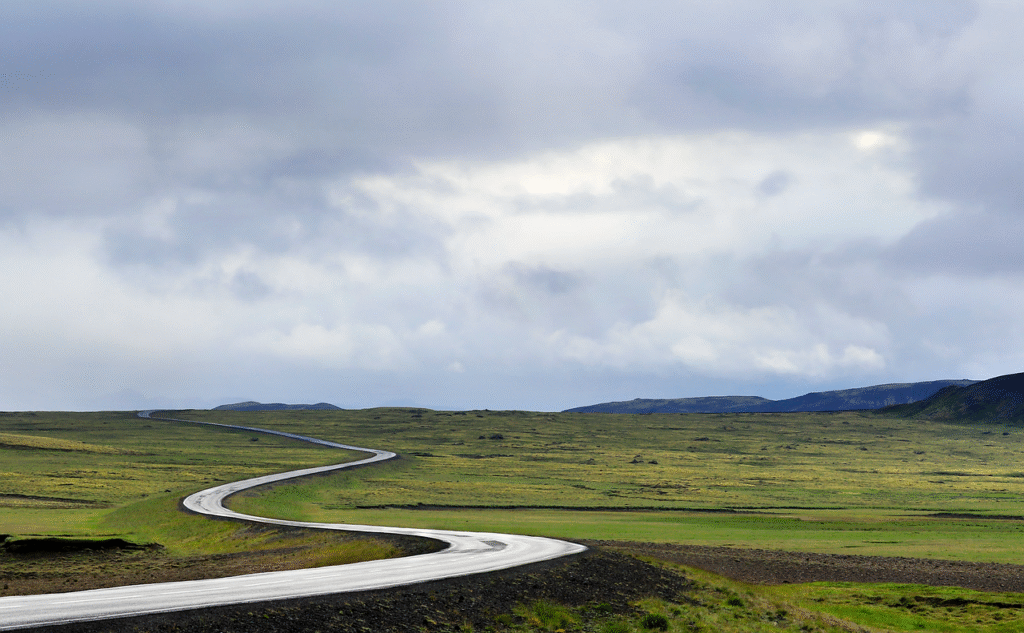The hardest part of a retreat is not arriving — it’s returning.
You spend days immersed in silence, movement, or nature.
You feel light, clear, and deeply present.
Then you go home — and the phone rings, the inbox fills, the city hums again.
The calm begins to fade.
This is where transformation is tested: not in the retreat itself, but in the life that follows.

Why post-retreat integration matters
A retreat is like pressing reset on your nervous system.
But unless you integrate what you experienced, daily life will overwrite it within days.
Integration means turning moments of awareness into habits of awareness — carrying that same presence into normal routines.
It’s not about holding on to the retreat feeling, but learning how to recreate it anywhere.
The three-day drop
Many people experience what teachers call the “three-day drop” — the emotional low that arrives a few days after returning home.
You feel sensitive, unfocused, even lonely.
That’s normal.
Your system is recalibrating from a slower frequency back to the speed of the world.
Don’t rush to fix it.
Honor it as part of the process — it’s how the experience integrates deeper.

Anchoring calm in daily life
Start small. Bring one element of your retreat into your routine:
- Morning silence: ten minutes without screens.
- Movement: one mindful stretch before work.
- Nature: even a short walk counts.
- Food: eat slowly, with gratitude, once a day.
The goal isn’t to reproduce the retreat, but to remind yourself that peace isn’t a place — it’s a practice.
Remember the feeling, not the form
What you miss after a retreat isn’t the location — it’s the way you felt there.
Calm, connected, unhurried.
That state is still inside you; it just needs conditions to reemerge.
Every breath, every choice to pause, every conscious moment is a way back.
A retreat doesn’t end when you leave the place — it ends only if you forget what it taught you.



